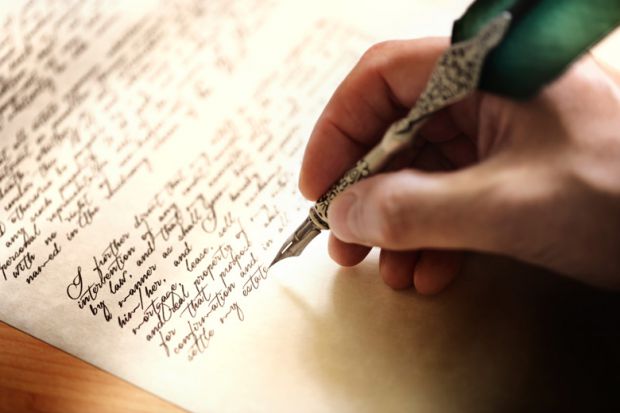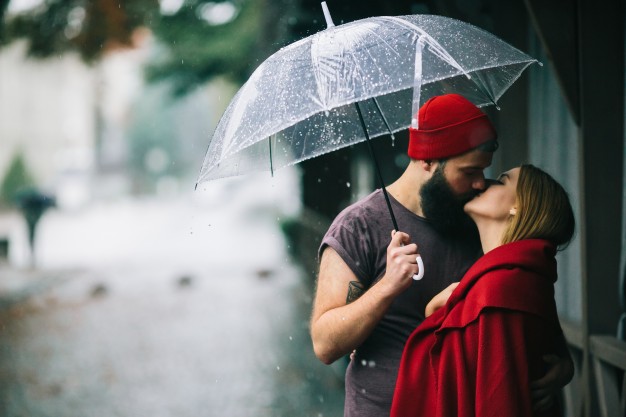9+ Romantic Novel Writing Examples
There’s nothing like getting lost into a good love story. People often read to escape reality, and entering an imaginative and creative world of make-believe is sure to leave the mind at ease and the heart full. But what goes into writing a romantic novel? Apart from being able to sell the book, you’d also want to make sure that the story speaks to its readers on a personal level.

The Art of Romantic Novel Writing
Are you a fan of reading romance novels? Maybe you’ve come across Pride and Prejudice by Jane Austin. Or perhaps you’re into young adult romance novels such as Rainbow Rowell’s Eleanor & Park or Anna and the French Kiss by Stephanie Perkins. And to anyone who has ever felt personally victimized by Nicholas Sparks and his tear-jerking romance novels — don’t worry, you’re not alone. You may also see writing templates & examples.
While romance novels have the ability to pull our heartstrings and make us swoon with glee, contrary to popular belief, this artistic craft is far from the rainbows and butterflies that authors often talk about. Writing a novel isn’t easy, especially when it tackles a universal language that many people struggle to talk about — love.
Romantic novels can sometimes be overly exaggerated, incredibly cliché, or somewhere in between the chaos of it all. But what makes romantic novel writing so raw and pure is how it triggers real human emotions. Stories that talk about the beauty of love, as well as the pain and suffering that comes along with it, is a far cry from the imaginative grounds set by authors of science fiction novels.
But romantic novel writing goes beyond depicting romance with the use of the L-word. In fact, there are many novels that have disguised romance so discretely that readers have failed to notice it right away. For instance, when did you realize that Ron and Hermoine were madly in love in the Harry Potter series? Surely, the author, J.K. Rowling, never mentioned it directly to an audience, yet readers immediately caught on to their romantic tale because of how it was simply implied in the story. You may also like essay writing examples & samples.
Generally, love is a tricky subject to grasp, but it’s also the primary concept that writers need to focus on when creating a romantic novel.
There’s something about those famous three words that authors try to avoid. It’s not that these words fail to interpret one’s feelings accordingly, but they’re often considered to be melodramatic and overused in both literature and life. So instead of imagining what love is really like or how it’s supposed to be, authors are known for incorporating their personal experiences into their stories. This is what inspires writers to create a piece that can connect with its audience. It’s about conveying a deep, emotional relationship between the characters of the story without stating the obvious. You may also check out book writing examples & samples.
How to Write an Engaging Romance Novel
Romantic novels are one of the bestselling genres in all of history. But despite our personal understanding and knowledge in romance, writing about love and its marvels is a lot harder than you may think. To enhance your writing skills in the said genre, here are some tips and techniques you can employ:
1. Choose a Romance Genre.
Since romance novels are divided into multiple types and subgenres, it’s always best to decide which of these categories to focus on. These subgenres are closely related to other literary genres, such as mystery, thriller, crime fiction, and fantasy. You may also see tips for writing an effective essay.
Other popular romance subgenres include the following:
- Historical Romance
- Contemporary Romance
- Paranormal Romance
- Romantic Suspense
- Inspirational Romance
- Multicultural Romance
- Erotic Romance
2. Allow Character Development.
Character development is one of the most important elements of a good novel. This typically portrays the protagonist along with his or her growth as an individual in the story.
A perfect example of proper character development is depicted in the popular novel A Walk to Remember by Nicholas Sparks. Here, the main character, Landon Carter, is introduced to readers as a guy with a tough attitude and a ‘bad boy’ demeanor. But after multiple encounters with the story’s leading lady, Jamie Sullivan, Landon finds himself doing the things no one ever thought he would do — tutoring special children, performing in a school play, and most of all, falling in love with the most unpopular girl on campus. You might be interested in what Is writing used for?
The novel goes on to portraying Landon in a better light, where the boy who nearly dropped out of high school goes on to fulfill his dreams of becoming a doctor through the help and guidance of his ‘miracle’.
3. Use Backstories to Influence Relationships.
Adding a good backstory to explain a character’s personality can also help shape the type of relationship shared between the novel’s leading characters. Most authors use unfortunate or abusive upbringings to reflect a character’s fear to trust and love again, while others opt to use this as an excuse to treat their partners the same way. You can tailor the plot of the story according to the type of subgenre you wish to follow. You may also see memo writing examples & samples.
4. Learn to Embrace Flawed Characters.
Truth is, nobody wants to read about a seemingly ‘perfect’ character. Illustrating a character who is smart, kind, rich, attractive, and family-oriented is extremely unrealistic and unnecessary to a story. You don’t want people to believe that their knight in shining armor is supposed to be an immaculate being who can do no wrong, because we all know such being fails to exist. Instead, you need to build characters that readers can relate to. These ‘flawed’ characters should represent everyday people and the mistakes they make. This enables readers to see things from the perspective of the characters being portrayed. You may also like informative writing examples & samples.
5. Experiment with Mismatched Couples.
There’s something compelling (and amusing) about mismatched characters in a relationship. Sometimes, the natural chemistry that these couples share can make a story all the more interesting. A character could be so out of place that it’s actually funny to readers. The way these characters are drawn to one another can also lead to events that will contribute to one’s character development. Like they say, maybe opposites do attract. You may also check out writing examples in pdf.
6. Make it Interesting, yet Believable.

Although most romance novels are completely fictional, this doesn’t mean you could magnify every scene to the point that it’s no longer believable. A good romance novel needs to be as realistic as possible. It must showcase events that are likely to happen in the real world in order for it to become relatable among readers. However, for some science fiction romance novelists, stretching the truth a little may be necessary to emphasize the theme of the story. You may also see application writing examples & samples.
7. Avoid Writing Bad R-Rated Scenes.
It’s safe to say that erotic romance is one of the top-selling genres in the market. Its pornographic nature is what appeals to individuals of certain age groups.
But when E.L. James’ Fifty Shades of Grey first hit the shelves, it generated a whirlwind of mix reviews. While some people may have adored how open the author was about the world of sex and its subparts, many critics have called out the author for failing to communicate effectively. Keep in mind that sexuality is a very personal topic to take on, so translating this in your novel can be quite difficult. It’s almost like a taboo that society finds difficult to accept in spite of it being a significant part of literature and real life. You don’t want to seem like you’re trying too hard to make a scene sound sexy or erotic, nor do you want readers to feel awkward and uncomfortable with your style of formal writing.
8. Limit the Clichés.
Though it’s nearly impossible to avoid the clichés, you don’t want to overdo it when writing a romantic novel. Overused romance plot tropes are often unimaginative or even damaging stereotypes, which can be a huge problem to sensitive readers. It’s always about the bad boy falling for the silent, girl-next-door type, or the damsel in distress desperately waiting for prince charming to sweep her off her feet. You may also see abstract writing examples & samples.
Maybe it’s time romance novel writing took a turn for the better by creating original love stories that surpass readers’ expectations.
9. Have a Way with Words.
“I’m in love with you, and I’m not in the business of denying myself the simple pleasure of saying true things. I’m in love with you, and I know that love is just a shout into the void, and that oblivion is inevitable, and that we’re all doomed and that there will come a day when all our labor has been returned to dust, and I know the sun will swallow the only earth we’ll ever have, and I am in love with you.” You may also like report writing examples.
— John Green, The Fault in Our Stars
Romantic words always — emphasis on the “always” — seal the deal. This is where people take romantic quotes from famous novels to use as captions for the photos they post on social media. Like the example above, it’s hard to read a romantic line without feeling your heart flutter even just for a moment.
10. Happily-Ever-Afters: Are They a Yes or a No?
So maybe not everyone is a firm believer of the ‘happily-ever-after’ myth that fairy tales have lead us to believe was real. But perhaps it is true, or maybe to some, a happy ending isn’t standing in front of the alter with the one we love. It’s about being contented with the path that life has lead you to, despite not having someone by your side. You may also check out narrative writing examples & samples.

Regardless, people are suckers for the fairy tale end, in whatever form you wish to disguise it in. A good novel can leave a person smiling and filled with glee, even after the book has been read.

